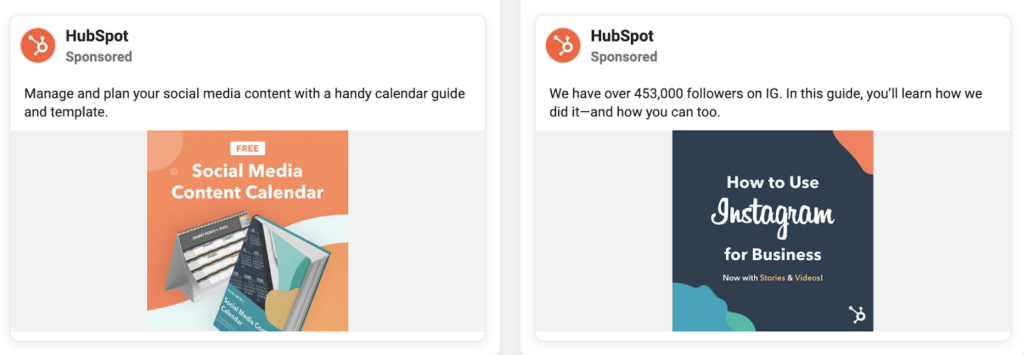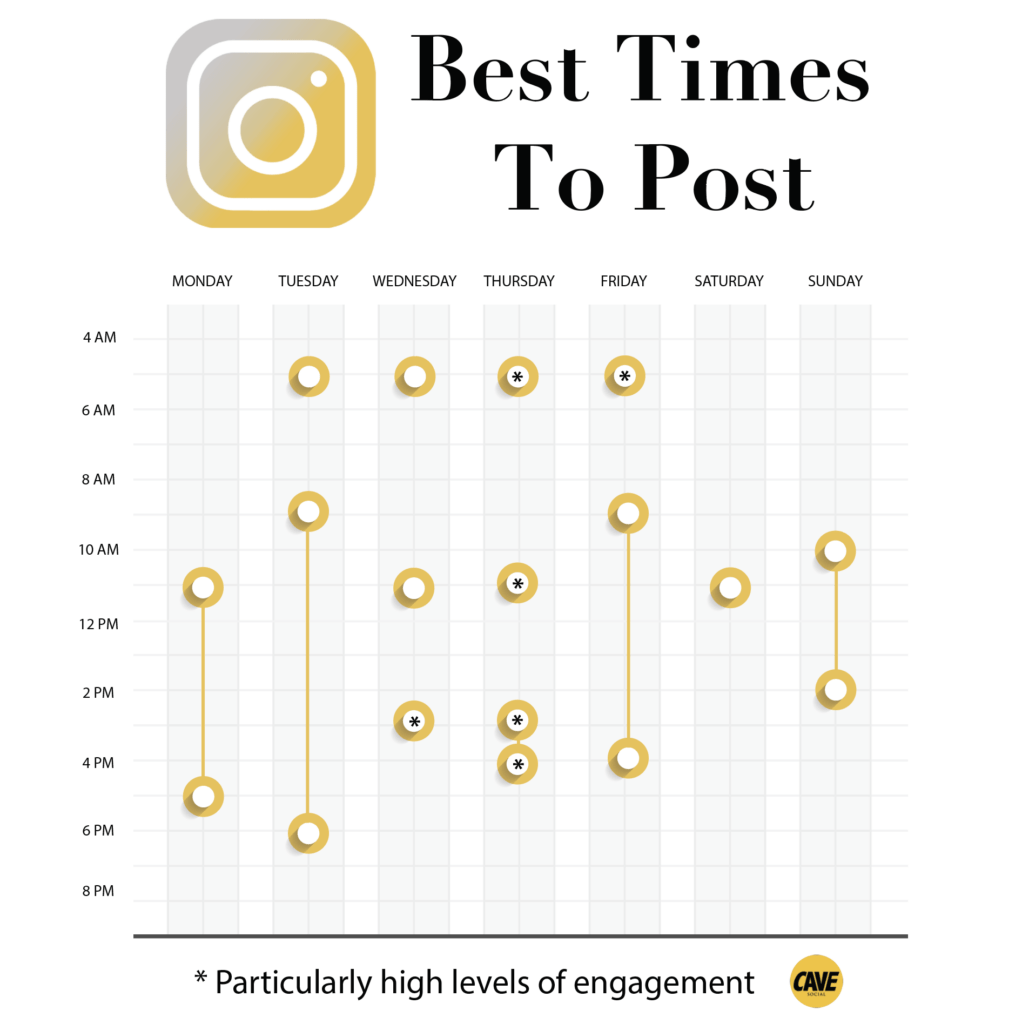
Putting the Pieces Together: How Successful Companies Align Their Organic and Paid Social Media
It’s not about organic social media vs. paid social media for your brand’s success.
It’s about organic social media and paid social media for your brand’s success.
So, how do you balance both?
I’ve seen countless brands fumble this balancing act, either burning cash on ads without a solid organic foundation or obsessing over likes while competitors steal market share by converting ad campaigns.
But here’s the truth: The brands crushing it on social media in 2024 are the ones who’ve cracked the code on integrating paid and organic strategies.
Let’s talk about how you can, too.
The State of Social Media in 2024: A Perfect Storm
First, let’s address the social media elephant in the room: organic reach is on life support. According to Hootsuite, Facebook’s average organic reach is 5.2%. Meanwhile, ad costs are skyrocketing—Facebook CPMs increased by 61% year-over-year in 2023, according to Revealbot.
Despite these challenges, social media’s influence on purchasing decisions has never been stronger. A staggering 78% of consumers say they’re willing to buy from a brand after a positive experience with them on social media (Sprout Social).
We’re caught in a paradox. Social media is more critical than ever for driving business results, but it’s also harder and more expensive to succeed. This is exactly why nailing the paid-organic balance is crucial.
The Paid-Organic Synergy: More Than the Sum of Its Parts
Here’s where most brands go wrong: they treat paid and organic as completely separate entities, with little to no collaboration across teams. This siloed approach is how you (i) get fragmented messaging, (ii) unhealthy office politics, and (iii) burn capital.
Think about it like this: Organic social builds your brand’s foundation, credibility, and community. It’s your chance to showcase your personality, provide value, and create those micro-interactions that build loyalty over time.
Paid social, on the other hand, is your precision tool. It amplifies your best content, targets specific audiences, and drives concrete actions like leads or sales.
When you integrate these approaches, you create a flywheel effect. Your organic content informs your paid strategy, while your paid campaigns drive new followers to your organic content––this creates a positive content cycle.
Case Studies: B2C and B2B Success Stories
B2C Example: Gymshark Gymshark
Gym Shark has built a billion-dollar empire by masterfully blending organic and paid social. On the organic side, they constantly pump out relatable, aspirational content featuring their community of athletes and everyday gym-goers. This builds massive engagement and loyalty – they boast over 5.7 million Instagram followers.
But here’s where it gets interesting: Gymshark then amplifies its best-performing organic content through paid ads. It’s not creating separate “ad-like” content—it’s boosting the authentic stuff that’s already resonated with its audience.
The result? Their paid ads feel native to the platform, driving better engagement and lower ad costs. Meanwhile, those ads are constantly driving new followers back to their organic content, growing their community further.
B2B Example: HubSpot
HubSpot takes a similar approach in the B2B space. They create a lot of valuable, educational content on their blog and social channels, which builds trust and positions them as thought leaders in the marketing and sales software space.
They then use paid social to amplify their best-performing blog posts and gated content offers, targeting specific job titles and industries. This allows them to generate high-quality leads at scale while continuously growing their organic following.

So, How Do You Actually Do This?
Alright, I can hear you asking: “That’s great for them, but how do I actually implement this for my brand?” Let’s break it down into actionable steps:
1. Start with a Solid Organic Foundation
Before you even think about paid, make sure your organic game is on point. This means:
- Consistent posting (aim for at least 3-5 times a week)
- A clear brand voice and aesthetic
- Content that provides genuine value (educational, entertaining, or inspiring)
- Active community management (respond to comments, DMs, etc.)

2. Use Organic as Your Testing Ground
Your organic content is a goldmine of data. Pay attention to what resonates:
- Which posts get the most engagement?
- What topics drive the most comments?
- Which visuals stop people from scrolling?
Use these insights to inform your paid strategy. If a certain type of content is killing it organically, there’s a good chance it’ll perform well as an ad, too.
3. Amplify Your Organic Winners
Once you’ve identified your top-performing organic content, it’s time to put some ad spend behind it. This could mean:
- Boosting high-engagement posts to reach a wider audience
- Creating look-alike audiences based on people who’ve engaged with your best organic content
- Retargeting your most active followers with conversion-focused ads
4. Create a Feedback Loop
Use the data from your paid campaigns to refine your organic strategy:
- If certain ad copy resonates well, incorporate similar messaging into your organic posts
- Use demographic data from your best-performing ads to tailor your organic content to those audiences
- Analyze which ad placements perform best and prioritize those platforms in your organic efforts
5. Optimize for the Full Funnel
Remember, different content serves different purposes. Use organic for top-of-funnel brand building and engagement, and leverage paid to drive middle and bottom-of-funnel actions:
- Use organic content to showcase your brand personality and build trust
- Create targeted paid campaigns for specific products or offers
- Retarget your engaged organic audience with conversion-focused ads
6. Invest in Content That Scales
To make this strategy sustainable, focus on creating content that can work across both organic and paid:
- Shoot video content that can be cut into multiple lengths (15s, 30s, 60s) for different ad placements
- Create modular graphics that can be easily adapted for various platforms and ad formats
- Develop a consistent visual style that works for both organic posts and paid ads
7. Track the Right Metrics
Don’t get lost in vanity metrics. Focus on KPIs that actually matter to your business:
- Engagement Rate: (Likes + Comments + Shares) / Total Followers x 100
- Click-Through Rate (CTR): Total Clicks / Total Impressions x 100
- Cost Per Click (CPC): Total Ad Spend / Total Clicks
- Conversion Rate: Total Conversions / Total Clicks x 100
- Return on Ad Spend (ROAS): Revenue Generated / Total Ad Spend
8. A/B Test Relentlessly
Continuously test different elements of your content across both organic and paid:
- Headlines and copy variations
- Image vs. video content
- Different calls-to-action
- Posting times and frequencies
Use tools like Facebook’s A/B testing feature or third-party platforms like AdEspresso to streamline this process.
9. Stay Compliant and Ethical
As you ramp up your paid efforts, remember to stay compliant with platform rules and data privacy regulations:
- Clearly label sponsored content
- Be transparent about data collection and use
- Stay up-to-date with platform policies and adjust your strategy accordingly
10. Allocate Resources Wisely
There’s no one-size-fits-all approach to budget allocation, but a good starting point is:
- 60% on paid advertising
- 30% on content creation
- 10% on tools and analytics
Adjust based on your specific goals and what’s working best for your brand.
Potential Challenges and How to Overcome Them
1. Resource Constraints: If you’re a small team, focus on creating high-quality, multi-purpose content that can be used across both organic and paid channels.
2. Platform Changes: Stay adaptable and diversify your presence across multiple platforms to mitigate the impact of algorithm changes.
3. Ad Fatigue: Regularly refresh your ad creative and use dynamic ads to keep your content fresh.
4. Measuring ROI: Invest in robust analytics tools like Sprout Social or Hootsuite to track cross-channel performance.
The Payoff: Real Results
- Lower ad costs (I’ve seen clients reduce their CPMs by up to 40% by using organic winners in their ad creative)
- Higher engagement rates (both on organic and paid content)
- Faster community growth
- More efficient use of marketing resources
- And ultimately, a stronger brand and better business results
The Bottom Line
The days of treating paid and organic social as separate entities are over. In today’s landscape, integration is the key to cutting through the noise, building a loyal community, and driving real business results.
It’s not about choosing between paid or organic – it’s about leveraging the strengths of both to create a social media strategy that’s greater than the sum of its parts.
So stop compartmentalizing your social efforts. Start viewing paid and organic as two sides of the same coin, working together to build your brand, engage your audience, and drive growth. That’s how you win on social media in 2024 and beyond.
Now, it’s time to put this into action. Take a hard look at your current social strategy. Where can you start bridging the gap between paid and organic? The sooner you start, the sooner you’ll see the results.
Remember, this isn’t a set-it-and-forget-it strategy. The social media landscape is constantly evolving, so stay nimble, keep testing, and always be ready to adapt. Your future social media dominance depends on it.
Other Resources for Brand Social Media
- How to Create a Social Media Plan
- 7 Most Common Mistakes Brands Make on Social (And How to Fix Them)
- How to Hire the Best Social Media Manager
Resources for Marketers
Learn More About Our Agency
















